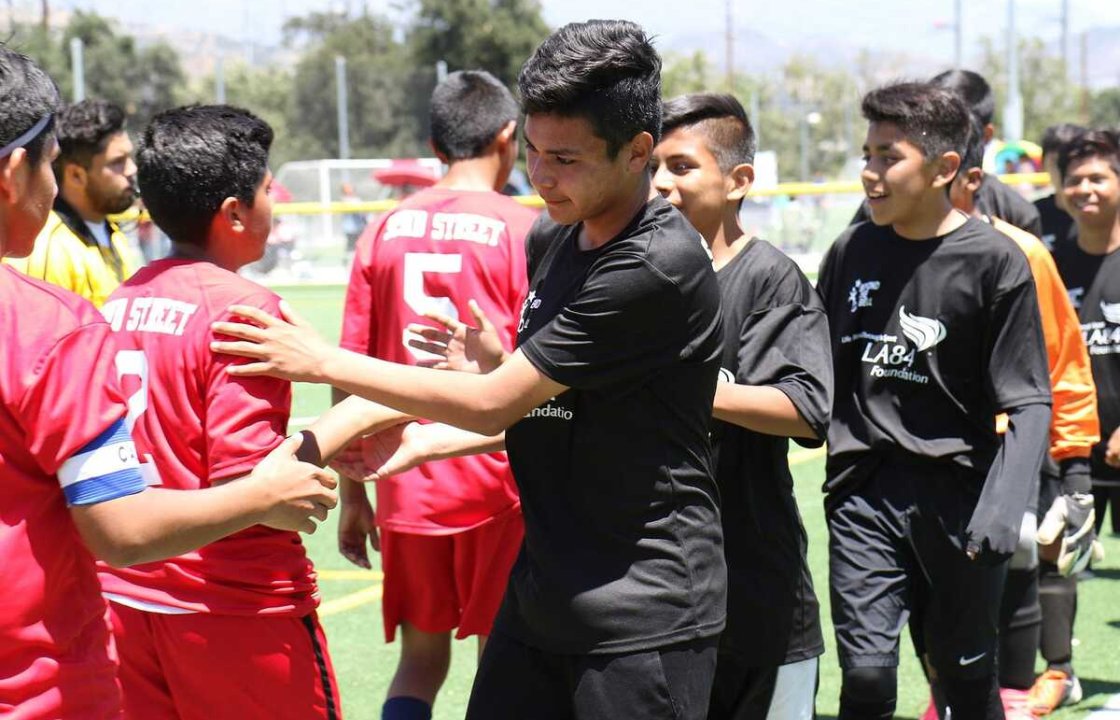The pay-to-play system has shaped American soccer for decades, but its consequences on equality, development, and national performance are becoming impossible to ignore.
The Foundation of the Pay-to-Play Model
In the United States, youth soccer has evolved into a massive industry fueled by private clubs, tournaments, and academies that often require families to pay thousands of dollars annually for participation. This pay-to-play system means that access to elite training and competitive teams is largely determined by financial capability rather than pure talent. While this model has allowed clubs to sustain operations without government funding, it has simultaneously created one of the most exclusive environments in global sports.
Unlike other nations where youth development is heavily subsidized by professional clubs or federations, the U.S. system relies on parental contributions. As a result, opportunity is often tied to wealth, leaving many talented players from lower-income backgrounds excluded from elite pathways. This reality has become a defining feature of the American soccer landscape—and one of its greatest challenges.
Socioeconomic Barriers to Talent Development
The pay-to-play structure reinforces socioeconomic inequality, filtering out countless young athletes who might have the talent to reach professional or national levels. A family’s ability to pay club fees, travel expenses, equipment costs, and participation in tournaments often outweighs a child’s potential. The result is a talent pool that is narrowed by economics rather than expanded by ability.
In contrast, in soccer-dominant countries like Spain, Brazil, or Germany, clubs invest directly in youth development, scouting promising players regardless of their financial background. The cost burden is not placed on families, allowing the most gifted to rise through merit. In the U.S., however, a player’s dream often comes with a price tag exceeding $10,000 a year, depending on the club and competition level. This economic divide creates a situation where soccer becomes more of a middle- to upper-class pursuit, cutting off access for many communities, particularly those from immigrant or underprivileged backgrounds.
The Impact on Diversity and National Representation
One of the most troubling outcomes of this system is the lack of diversity in American youth soccer and, by extension, in the national team setup. While soccer is globally recognized as the world’s most inclusive sport, the U.S. system has paradoxically made it exclusive. Urban and minority communities—where passion for the game runs deep—are often unable to afford elite club participation.

Observers frequently link the U.S. Men’s National Team (USMNT) struggles on the world stage to this very issue. The argument is that the pay-to-play model limits the national pool by excluding a huge segment of potentially world-class athletes. When only those who can afford to compete are seen and developed, the U.S. inevitably misses out on discovering the next generation of diverse, creative, and resilient players who could elevate the team’s global standing.
Club Culture and Competitive Balance
The financial model also distorts the competitive culture within youth soccer. Because clubs depend on player fees to survive, they often focus on retaining paying members rather than creating the most competitive environment. Coaches may hesitate to cut players who are financially valuable to the organization, even if they are not performing at the highest level. This dynamic can stifle competitive excellence and compromise the long-term development of talented athletes.
Additionally, the emphasis on winning tournaments—often used to justify the cost to parents—can prioritize short-term results over holistic player development. Instead of nurturing technical, tactical, and psychological growth, some clubs focus excessively on scoreboard success to attract new customers. This business-first approach contrasts sharply with development-first models in countries where player progress takes precedence over financial gain.
The Psychological Pressure of High Costs
The pay-to-play system doesn’t just limit access; it also creates immense psychological pressure for families and players. Parents who invest thousands of dollars expect tangible returns—college scholarships, professional trials, or national team recognition. This can lead to burnout, anxiety, and disillusionment among young athletes who may feel that their worth is measured by results rather than effort or enjoyment.
Moreover, the system fosters an environment where soccer is viewed as a transactional investment rather than a passion-driven pursuit. When participation depends on payment, the intrinsic joy and cultural connection to the game can be lost. For many young players, soccer becomes less about creativity and self-expression and more about justifying financial sacrifices—a reality far removed from the sport’s universal spirit.
Limited Pathways and the Search for Alternatives
Despite the challenges, the U.S. soccer ecosystem is gradually evolving. The emergence of MLS academies, nonprofit organizations, and scholarship-based programs has started to challenge the dominance of the pay-to-play system. Professional clubs like the Philadelphia Union, FC Dallas, and LAFC are investing in free academy models, offering young players access to elite coaching without financial barriers.
However, these initiatives, while promising, remain limited in scope compared to the vast size of the country. The accessibility gap between regions and income levels continues to widen. In many states, talented players still rely on expensive club programs to gain visibility. Without broader structural reform—such as increased funding, local partnerships, and a unified national strategy—the transformation will remain partial.
Lessons from Global Development Models
To understand the shortcomings of the pay-to-play system, one must look at how other nations nurture their young talent. In Spain, youth academies like La Masia (FC Barcelona) or Real Madrid’s La Fábrica provide world-class training at no cost to players. In France, the government collaborates with regional academies to identify and train gifted youngsters. Germany rebuilt its entire youth system after early 2000s failures, emphasizing technical education, accessibility, and inclusivity.
These systems operate under the belief that talent is a national resource, not a private commodity. Investment in youth development is seen as a long-term commitment to the country’s sporting success, not a short-term revenue stream. For the U.S. to reach its full potential, it must adopt a similar philosophy—where the focus shifts from who can pay to who can play.

Bridging the Gap Through Innovation and Inclusion
The future of American soccer depends on redefining accessibility. Breaking free from the constraints of pay-to-play requires collaboration between governing bodies, clubs, educational institutions, and private investors. More importantly, it requires a cultural shift that places player development and equality above profit.
Community outreach, local scholarships, and partnerships with public schools could help bridge the socioeconomic divide. Expanding scouting networks into underserved areas would ensure that raw talent is not overlooked simply because it cannot afford elite exposure. Creating sustainable funding models for youth programs, perhaps through sponsorships or league subsidies, could also ease the financial burden on families.
The ultimate goal should be to create a development ecosystem based on merit, not money—a system that reflects the diverse, multicultural reality of the United States itself.
Connecting with SIA Academy’s Vision
At SIA Academy, we recognize the importance of equal opportunity in player development. Our programs are designed to provide personalized training, advanced facilities, and professional exposure without the limitations often seen in traditional pay-to-play models. We focus on helping each player maximize their potential through structured development plans, international scouting opportunities, and a holistic approach that integrates education, performance analysis, and mental health.
By emphasizing individual growth over financial status, SIA Academy aligns with the global standard of soccer development—one that values passion, effort, and talent above all else. Our mission is to offer young players from diverse backgrounds the chance to experience the same level of elite preparation found in top European academies, proving that excellence should never be dictated by affordability.
The pay-to-play system may continue to challenge American soccer, but institutions like SIA Academy show that the future can be more inclusive, merit-based, and inspiring—where every player, regardless of background, has a fair chance to chase the dream.






